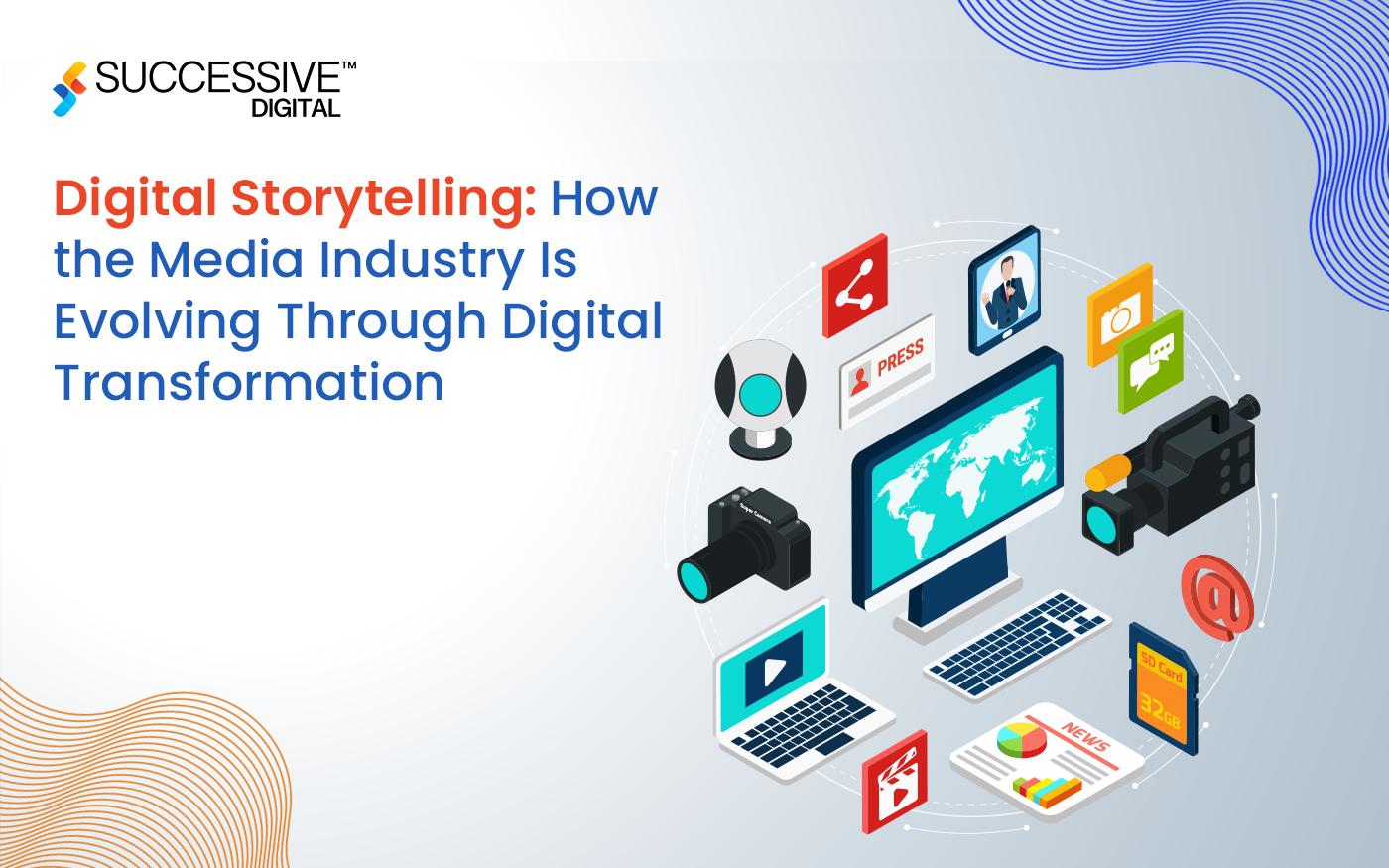Serverless computing, used in media and entertainment companies as an execution model where cloud providers dynamically manage the allocation of machine resources, has emerged as a transformative technology in the industry. It offers multi-fold benefits by abstracting the underlying infrastructure, allowing developers to focus solely on code. This blog explores the technical benefits of adopting serverless computing in this dynamic industry.

-
Scalability and Flexibility
One of the key advantages of how serverless benefits entertainment is its inherent scalability. In the media and entertainment industry, workloads may be unpredictable, especially during content releases, live-streaming activities, or sudden spikes in personal activity. Traditional server-based architectures require pre-provisioning of assets to deal with peak loads, which is central to either over-provisioning or under-provisioning issues.
Serverless computing automatically scales with the workload, especially Function-as-a-Service (FaaS) offerings like AWS Lambda, Google Cloud Functions, or Azure Functions. When the call for will increases, the cloud issuer mechanically provisions more excellent times to handle the loads and scales down when the demand decreases. This elasticity ensures that resources are applied successfully, decreasing cost and improving performance.
-
Reduced Operational Overhead
Managing serverless architecture in media involves great operational overhead, including protection, patching, and scaling. Serverless computing abstracts these obligations from developers and IT teams, allowing them to focus on core enterprise business logic and application improvement.
In the media and entertainment industry, this reduction in operational overhead translates to faster development cycles and faster time-to-market for new features and content material. DevOps teams can allocate more time to improving user experience and much less time to managing infrastructure. This agility as one the important benefits of serverless computing helps businesses sustain in a competitive space where user engagement and timely content delivery are paramount.
-
Enhanced Reliability and Availability
Among many benefits of serverless computing, one of them is to provide integrated redundancy and fault tolerance, which might be critical for highly available media packages. Cloud companies distribute serverless features across a couple of information centers, ensuring that a failure in a single region does now not disrupt the carrier.
For live-streaming activities, high availability is non-negotiable. Serverless systems robotically cope with failover and recuperation, minimizing downtime and ensuring a continuing user experience. This reliability is important for serverless benefits entertainment, preserving audience engagement and trust, especially at high-profile events.
-
Optimized Content Delivery
Serverless computing can enhance content delivery networks (CDNs) by enabling edge computing capabilities. Functions may be deployed in the direction of quit-users, decreasing latency, and improving content material delivery speeds. This is particularly true for streaming offerings, online gaming, and interactive media packages.
For instance, AWS Lambda@Edge allows developers to run features at AWS area places, imparting a powerful device for customizing content transport and decreasing response times. This functionality may supply personalized content, perform real-time analytics, and practice security measures at the edge, ensuring a quick and stable user experience.
-
Improved Security and Compliance
Security is a vital problem for media companies with serverless computing, especially with the upward push of digital piracy and the need to protect intellectual property. Serverless computing, with the aid of design, offers numerous security benefits. Since there are no long-lived servers, the attack surface is appreciably decreased. Additionally, cloud companies implement stringent security features and satisfactory practices to shield serverless environments.
Major benefits of serverless computing features is that it operate with the precept of least privilege, which means they best have the vital permissions to carry out their responsibilities. This reduces the hazard of unauthorized access and capacity breaches. Furthermore, serverless structures comply with various industry standards and guidelines, supporting organizations in meeting their compliance necessities.
-
Efficient Media Processing
Media processing tasks such as transcoding, watermarking, and thumbnail technology are some examples of how serverless benefits entertainment significantly. These tasks are often CPU-intensive and can be parallelized efficiently. Serverless systems can handle such activities by dispensing the workload across multiple capabilities, substantially reducing processing time.
For instance, a video transcoding workflow may be implemented using AWS Lambda on top of AWS Elemental MediaConvert. When a brand-new video is uploaded, an event triggers the transcoding characteristic, which processes the video in parallel chunks, accelerating the general method. This performance is essential for systems that require quick turnaround instances for consumer-generated content.
-
Seamless Integration with Cloud Services
Serverless architecture in media integrates seamlessly with other cloud services, creating a cohesive and effective ecosystem. This integration is essential for constructing comprehensive workflows that embody storage, processing, and transport in the Media and Entertainment industry.
For example, a media and entertainment company might use AWS S3 to store media documents, AWS Lambda to process files, and Amazon CloudFront to deliver content. Serverless functions can orchestrate complicated workflows, ensuring that media is processed and delivered successfully. This seamless integration reduces improvement complexity and speeds up the deployment of new capabilities.
Conclusion
Serverless computing for media companies offers many technical advantages, from scalability and value efficiency to more desirable safety and speedy development cycles. By leveraging serverless architectures, media and entertainment businesses can optimize operations, supply better content material more seamlessly, and offer an improved user experience. As the technology evolves, embracing serverless computing will be a vital step closer to preserving agility, innovation, and competitiveness.










